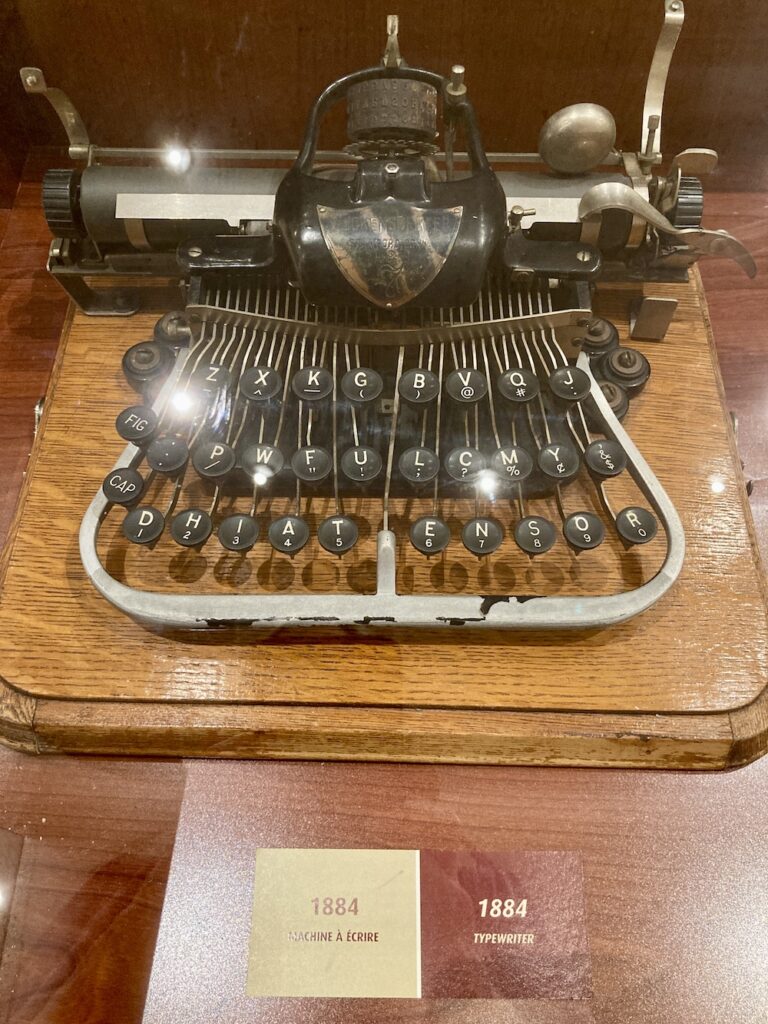Media mail
September 25th, 2024 at 4:46 pm (Society)
Recently I got to experiment with USPS’s Media Mail. I shipped myself some books during a move and paid just $10 for a 7-lb package. Today I shipped a book to a friend (15.70 oz) which was $4.63, the starting price for any Media Mail. It would have been $13.45 to ship via Priority Mail or $9.00 by Ground Advantage.
What counts as Media Mail? Basically anything readable (books but nothing with advertising in it) or watchable (DVDs, film, VHS) or listenable (CDs, tapes, albums, player piano rolls (!!)). Here is the official specification of Media Mail. I also found this handy, much more readable chart, although it is from 2013 so I would welcome learning if there is any update out there.
I did run into a snag. The specification and chart say you can include a personal note or card with the item. When I presented my package for mailing, the clerk asked if I had a card inside. I cheerfully said yes. She then charged me an additional $0.73 for the first-class postage for that card. I noted that it was supposed to be included in the Media Mail charge. She said it had to be an “add on”. I noted it was a postcard so at least I should get the postcard rate. Nope.
At home, I looked again at the specification, which states:
6.4 Incidental First-Class Mail Attachments and Enclosures
Incidental First-Class Mail matter may be enclosed in or attached to any Media Mail or Library Mail piece without payment of First-Class Mail postage. An incidental First-Class Mail attachment or enclosure must be matter that, if mailed separately, would require First-Class Mail postage, is closely associated with but secondary to the host piece, and is prepared so as not to interfere with postal processing. An incidental First-Class Mail attachment or enclosure may be a bill for the product or publication, a statement of account for past products or publications, or a personal message or greeting included with a product, publication, or parcel. (my italics)
I support the USPS and I have no desire to harass them, but this is irritating. I paid more for this shipment than if I’d sent the postcard separately, and by their own rules, it should not have had an additional charge at all. Next time I’ll bring a printout of the spec with me. An education opportunity!
